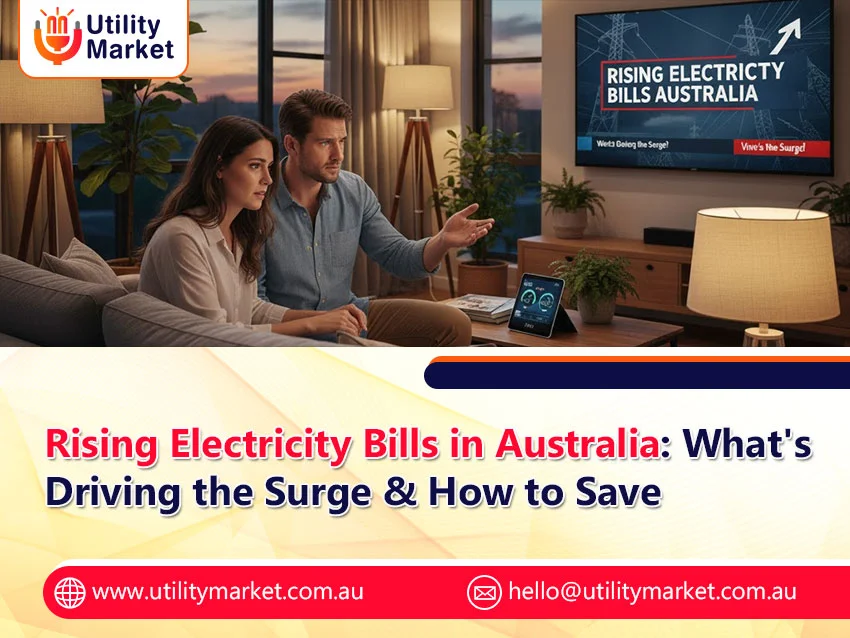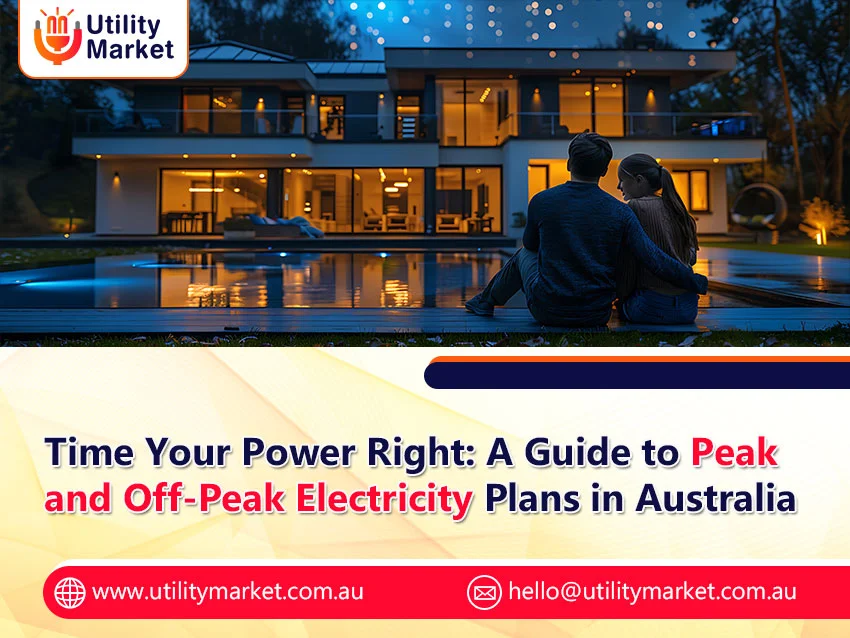
Rising Electricity Bills in Australia: What’s Driving the Surge & How to Save
Published November 6, 2025
If your electricity bill has been creeping up, you’re definitely not imagining it, and you’re not alone. Households across the country are feeling the pressure of rising electricity bills in Australia, as energy costs continue to climb. What’s really behind it?
The demand is rising – and not a little!
More of us are using more electricity than ever before. Why?
- Hottest summer & coldest winters: Extremes of climate push up demand for cooling and heating.
- Bigger homes, more devices: from smart fridges to massive TVs, Aussie households use loads of power.
- Electrification: We are replacing gas with electric cooktops, heat pumps, and EVs. Great for the environment, but it indeed increases demand for electricity.
All these things add pressure on the grid and system behind it, which can drive the prices up, especially during peak times.
How to find the cheapest electricity supply charge
Not all supply charges are created equal. Electricity retailers can set varying supply charges depending on your location, distributor, and plan type. Here’s how to find the most affordable option:
- Comparison of supply charges with various providers in your area using a reputable energy comparison service.
- Basic Plan Information Documents or Energy Price Fact Sheets listing all charges must be provided by retailers.
- A low supply charge may have higher associated usage rates, so overall estimated costs should be compared, not a single charge in isolation.
- There are discounts for timely or direct debit payments, with the discounts applying to both supply and usage charges.
If you’re not sure which plan represents the best value, calling an energy retailer is the right thing to do.
Who determines the charges?
Electricity supply charges are set by your Australian energy retailer; however, they’re influenced by the local electricity distributor. Distributors are responsible for the physical delivery of electricity to your home or business, and their prices vary region to region.
These costs of distribution are accounted for by retailers, and they subsequently charge for supply. In regulated markets, such as some regional Queensland, supply charges could be fixed or make provision for a government regulator, say the Queensland Competition Authority.
For all the capital cities of Australia, namely Sydney, Melbourne, Brisbane, Adelaide, and Perth, traders are in a competitive environment. Therefore, businesses can charge the price where customers can go around in different places.
What do electricity supply charges pay for?
Electricity supply charges finance the permanent costs of providing the electricity network and powering your house. These pay for:
POLE and WIRE REPAIRS
- Grid upgrades and maintenance
- Meter administration and metering services
- Safety and emergency infrastructure
- Operational Costs for retailer
Even if you’re living off solar power or reducing your energy consumption, the fee still exists because you’re still effectively plugged into the grid and prepared to tap electricity whenever you need it.
Switch Energy Providers For the best deal
The Electricity supply charge can have a big impact on your overall energy costs, especially when your usage is low. That’s why comparing not just usage rates but fixed daily charges is so important. Whether you’re on the best plan or simply need someone to help you reduce energy costs, reach out to the Aussie-based team at Utility Market.
Stay in the loop with the latest updates, expert tips, and industry insights, follow Utility Market on LinkedIn today.




